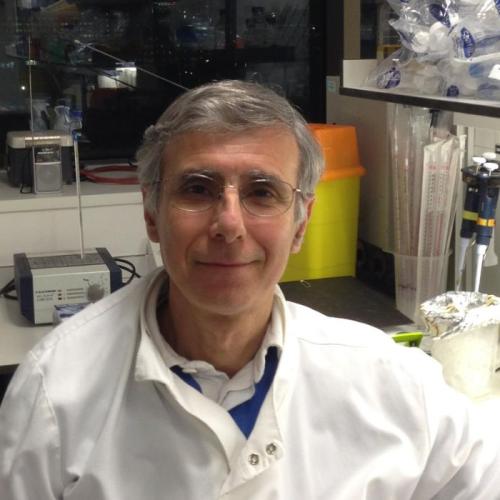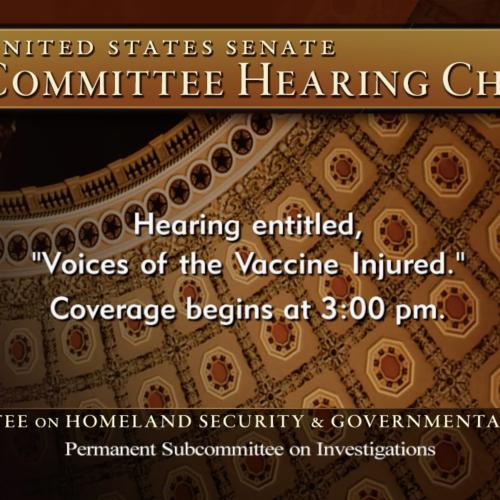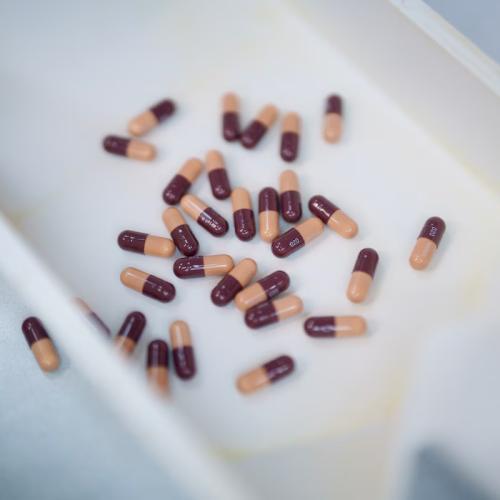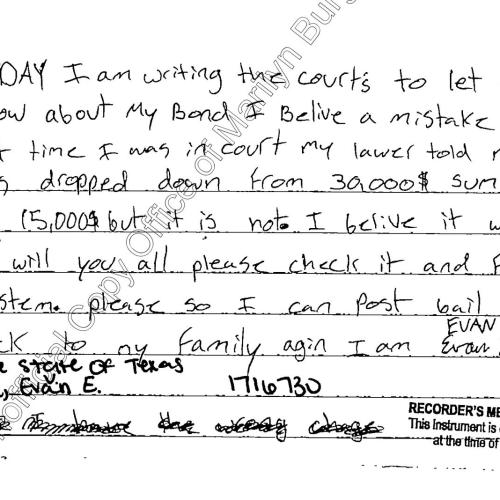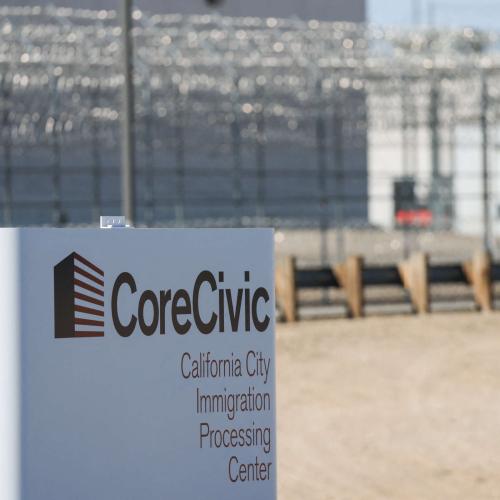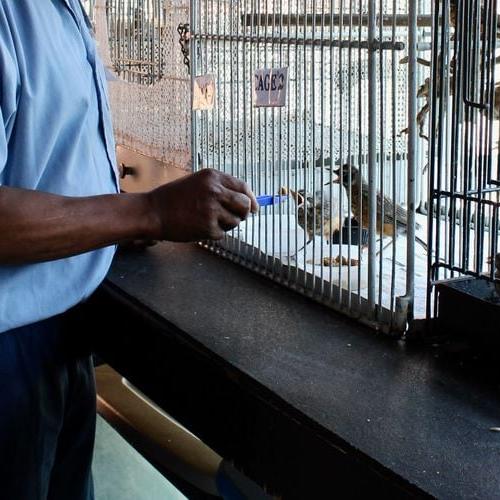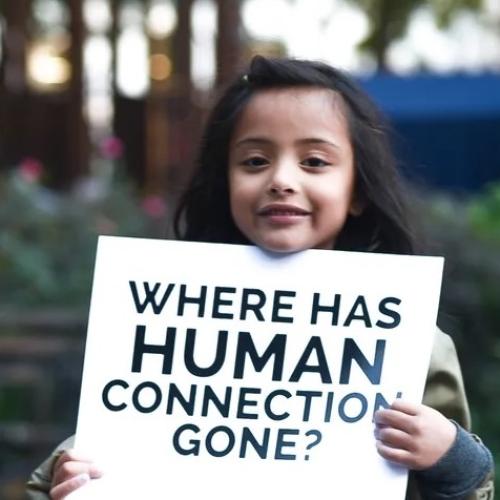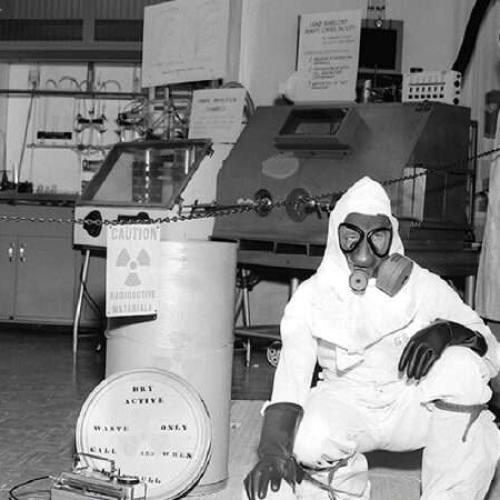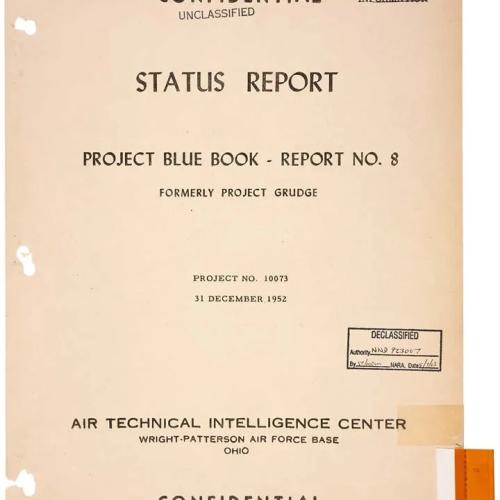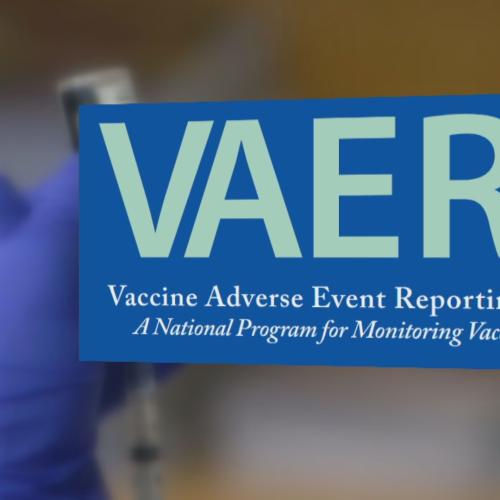Human-Animal Hybrids

"In Minnesota, pigs are being born with human blood in their veins. In Nevada, there are sheep whose livers and hearts are largely human. In California, mice peer from their cages with human brain cells firing inside their skulls. But with no federal guidelines in place, an awkward question hovers above the work: How human must a chimera be before more stringent research rules should kick in?"
-- Washington Post article on human/animal hybrids
Dear friends,
The front page of the Washington Post way back on Nov. 20, 2004 had an incredibly revealing story on human/animal hybrids, which I've copied below. The respected British newspaper The Guardian in 2008 posted a key story on the first human/animal hybrid embryos. And a 2016 NPR article raises questions about the ethics involved in creating human/animal hybrids.
Scientists are experimenting with creating hybrids between humans and animals called "chimeras" without clear ethical guidelines. And remember that secret military and intelligence projects are generally at least 10 years in advance of any research being done in public.
In 2003 while working with the U.S. Department of State, I attended a lecture by Dr. Michael Nelson, a professor at Georgetown University and former science advisor to Al Gore. He described a visit deep into the bowels of the most cutting edge secret government research projects.
Describing disturbing experiments there, Dr. Nelson said he saw living matter being genetically engineered to combine with inanimate materials, such that the objects created were half-alive, with DNA giving them a form of pseudo-life. After witnessing this highly troubling research, he said he experienced nightmares for weeks. No guidelines have been developed to monitor such activities, and most people are not even aware of these top secret experiments being conducted by the government.
With proper rules and guidelines in place, science gives us many wonderful technological advances. But without these guidelines, we are treading in very dangerous territory. With profit and greed now serving as key drivers behind scientific research, who do you think will benefit from the development of these strange chimeras?
Please help to spread the word and call for responsible scientific exploration based on what is best for all people and all species. Contact your political and media representatives by clicking here. Thanks for caring and have a good day.
With best wishes for a transformed world,
Fred Burks for PEERS and WantToKnow.info
White House interpreter and whistleblower
Of Mice, Men and In-Between
Scientists Debate Blending Of Human, Animal Forms
By
Rick Weiss
Washington
Post Staff Writer
Saturday, November 20, 2004; Page A01
In Minnesota, pigs are being born with human blood in their veins.
In Nevada, there are sheep whose livers and hearts are largely human.
In California, mice peer from their cages with human brain cells firing inside their skulls.
These are not outcasts from "The Island of Dr. Moreau," the 1896 novel by H.G. Wells in which a rogue doctor develops creatures that are part animal and part human. They are real creations of real scientists, stretching the boundaries of stem cell research.
Biologists call these hybrid animals chimeras, after the mythical Greek creature with a lion's head, a goat's body and a serpent's tail. They are the products of experiments in which human stem cells were added to developing animal fetuses.
Chimeras are allowing scientists to watch, for the first time, how nascent human cells and organs mature and interact -- not in the cold isolation of laboratory dishes but inside the bodies of living creatures. Some are already revealing deep secrets of human biology and pointing the way toward new medical treatments.
But with no federal guidelines in place, an awkward question hovers above the work: How human must a chimera be before more stringent research rules should kick in?
The National Academy of Sciences, which advises the federal government, has been studying the issue and hopes to make recommendations by February. Yet the range of opinions it has received so far suggests that reaching consensus may be difficult.
During one recent meeting, scientists disagreed on such basic issues as whether it would be unethical for a human embryo to begin its development in an animal's womb, and whether a mouse would be better or worse off with a brain made of human neurons.
"This is an area where we really need to come to a reasonable consensus," said James Battey, chairman of the National Institutes of Health's Stem Cell Task Force. "We need to establish some kind of guidelines as to what the scientific community ought to do and ought not to do."
Beyond Twins and Moms
Chimeras (ki-MER-ahs) -- meaning mixtures of two or more individuals in a single body -- are not inherently unnatural. Most twins carry at least a few cells from the sibling with whom they shared a womb, and most mothers carry in their blood at least a few cells from each child they have born.
Recipients of organ transplants are also chimeras, as are the many people whose defective heart valves have been replaced with those from pigs or cows. And scientists for years have added human genes to bacteria and even to farm animals -- feats of genetic engineering that allow those critters to make human proteins such as insulin for use as medicines.
"Chimeras are not as strange and alien as at first blush they seem," said Henry Greely, a law professor and ethicist at Stanford University who has reviewed proposals to create human-mouse chimeras there.
But chimerism becomes a more sensitive topic when it involves growing entire human organs inside animals. And it becomes especially sensitive when it deals in brain cells, the building blocks of the organ credited with making humans human.
In experiments like those, Greely told the academy last month, "there is a nontrivial risk of conferring some significant aspects of humanity" on the animal.
Greely and his colleagues did not conclude that such experiments should never be done. Indeed, he and many other philosophers have been wrestling with the question of why so many people believe it is wrong to breach the species barrier.
Does the repugnance reflect an understanding of an important natural law? Or is it just another cultural bias, like the once widespread rejection of interracial marriage?
Many turn to the Bible's repeated invocation that animals should multiply "after their kind" as evidence that such experiments are wrong. Others, however, have concluded that the core problem is not necessarily the creation of chimeras but rather the way they are likely to be treated.
Imagine, said Robert Streiffer, a professor of philosophy and bioethics at the University of Wisconsin, a human-chimpanzee chimera endowed with speech and an enhanced potential to learn -- what some have called a "humanzee."
"There's a knee-jerk reaction that enhancing the moral status of an animal is bad," Streiffer said. "But if you did it, and you gave it the protections it deserves, how could the animal complain?"
Unfortunately, said Harvard political philosopher Michael J. Sandel, speaking last fall at a meeting of the President's Council on Bioethics, such protections are unlikely.
"Chances are we would make them perform menial jobs or dangerous jobs," Sandel said. "That would be an objection."
A Research Breakthrough
The potential power of chimeras as research tools became clear about a decade ago in a series of dramatic experiments by Evan Balaban, now at McGill University in Montreal. Balaban took small sections of brain from developing quails and transplanted them into the developing brains of chickens.
The resulting chickens exhibited vocal trills and head bobs unique to quails, proving that the transplanted parts of the brain contained the neural circuitry for quail calls. It also offered astonishing proof that complex behaviors could be transferred across species.
No one has proposed similar experiments between, say, humans and apes. But the discovery of human embryonic stem cells in 1998 allowed researchers to envision related experiments that might reveal a lot about how embryos grow.
The cells, found in 5-day-old human embryos, multiply prolifically and -- unlike adult cells -- have the potential to turn into any of the body's 200 or so cell types.
Scientists hope to cultivate them in laboratory dishes and grow replacement tissues for patients. But with those applications years away, the cells are gaining in popularity for basic research.
The most radical experiment, still not conducted, would be to inject human stem cells into an animal embryo and then transfer that chimeric embryo into an animal's womb. Scientists suspect the proliferating human cells would spread throughout the animal embryo as it matured into a fetus and integrate themselves into every organ.
Such "humanized" animals could have countless uses. They would almost certainly provide better ways to test a new drug's efficacy and toxicity, for example, than the ordinary mice typically used today.
But few scientists are eager to do that experiment. The risk, they say, is that some human cells will find their way to the developing testes or ovaries, where they might grow into human sperm and eggs. If two such chimeras -- say, mice -- were to mate, a human embryo might form, trapped in a mouse.
Not everyone agrees that this would be a terrible result.
"What would be so dreadful?" asked Ann McLaren, a renowned developmental biologist at the University of Cambridge in England. After all, she said, no human embryo could develop successfully in a mouse womb. It would simply die, she told the academy. No harm done.
But others disagree -- if only out of fear of a public backlash.
"Certainly you'd get a negative response from people to have a human embryo trying to grow in the wrong place," said Cynthia B. Cohen, a senior research fellow at Georgetown University's Kennedy Institute of Ethics and a member of Canada's Stem Cell Oversight Committee, which supported a ban on such experiments there.
How Human?
But what about experiments in which scientists add human stem cells not to an animal embryo but to an animal fetus, which has already made its eggs and sperm? Then the only question is how human a creature one dares to make.
In one ongoing set of experiments, Jeffrey L. Platt at the Mayo Clinic in Rochester, Minn., has created human-pig chimeras by adding human-blood-forming stem cells to pig fetuses. The resulting pigs have both pig and human blood in their vessels. And it's not just pig blood cells being swept along with human blood cells; some of the cells themselves have merged, creating hybrids.
It is important to have learned that human and pig cells can fuse, Platt said, because he and others have been considering transplanting modified pig organs into people and have been wondering if that might pose a risk of pig viruses getting into patient's cells. Now scientists know the risk is real, he said, because the viruses may gain access when the two cells fuse.
In other experiments led by Esmail Zanjani, chairman of animal biotechnology at the University of Nevada at Reno, scientists have been adding human stem cells to sheep fetuses. The team now has sheep whose livers are up to 80 percent human -- and make all the compounds human livers make.
Zanjani's goal is to make the humanized livers available to people who need transplants. The sheep portions will be rejected by the immune system, he predicted, while the human part will take root.
"I don't see why anyone would raise objections to our work," Zanjani said in an interview.
Immunity Advantages
Perhaps the most ambitious efforts to make use of chimeras come from Irving Weissman, director of Stanford University's Institute of Cancer/Stem Cell Biology and Medicine. Weissman helped make the first mouse with a nearly complete human immune system -- an animal that has proved invaluable for tests of new drugs against the AIDS virus, which does not infect conventional mice.
More recently his team injected human neural stem cells into mouse fetuses, creating mice whose brains are about 1 percent human. By dissecting the mice at various stages, the researchers were able to see how the added brain cells moved about as they multiplied and made connections with mouse cells.
Already, he said, they have learned things they "never would have learned had there been a bioethical ban."
Now he wants to add human brain stem cells that have the defects that cause Parkinson's disease, Lou Gehrig's disease and other brain ailments -- and study how those cells make connections.
Scientists suspect that these diseases, though they manifest themselves in adulthood, begin when something goes wrong early in development. If those errors can be found, researchers would have a much better chance of designing useful drugs, Weissman said. And those drugs could be tested in the chimeras in ways not possible in patients.
Now Weissman says he is thinking about making chimeric mice whose brains are 100 percent human. He proposes keeping tabs on the mice as they develop. If the brains look as if they are taking on a distinctly human architecture -- a development that could hint at a glimmer of humanness -- they could be killed, he said. If they look as if they are organizing themselves in a mouse brain architecture, they could be used for research.
So far this is just a "thought experiment," Weissman said, but he asked the university's ethics group for an opinion anyway.
"Everyone said the mice would be useful," he said. "But no one was sure if it should be done."
Note: The original article on human-animal hybrids can be found on the Washington Post website on this webpage. For important information on how money and greed are endangering your health, click here.
- Inform your media and political representatives of this important information on the risk of human/animal hybrid experimentation. Insist that clear guidelines to such experimentation be promulgated to avoid abuse. To contact those close to you, click here.
- Learn more about major health cover-ups which put your health at risk and other ways to improve your health in this lesson from the free Insight Course.
- Read concise summaries of revealing major media reports on health issues available here.
- Visit our Health Information Center at www.WantToKnow.info/healthinformation.
- Spread this news on human/animal hybrids to your friends and colleagues, and bookmark this article on key news websites using the "Share" icon on this page, so that we can fill the role at which the major media is sadly failing. Together, we can make a difference.
Finding Balance: WantToKnow.info Inspiration Center
WantToKnow.info believes it is important to balance disturbing cover-up information with inspirational writings which call us to be all that we can be and to work together for positive change. Please visit our Inspiration Center at this link for an abundance of uplifting material.
See our exceptional archive of revealing news articles.
Please support this important work: Donate here
www.momentoflove.org - Every person in the world has a heart
www.personalgrowthcourses.net - Dynamic online courses powerfully expand your horizons
www.WantToKnow.info - Reliable, verifiable information on major cover-ups
www.weboflove.org - Strengthening the Web of Love that interconnects us all
Subscribe here to the WantToKnow.info email list (two messages a week)













